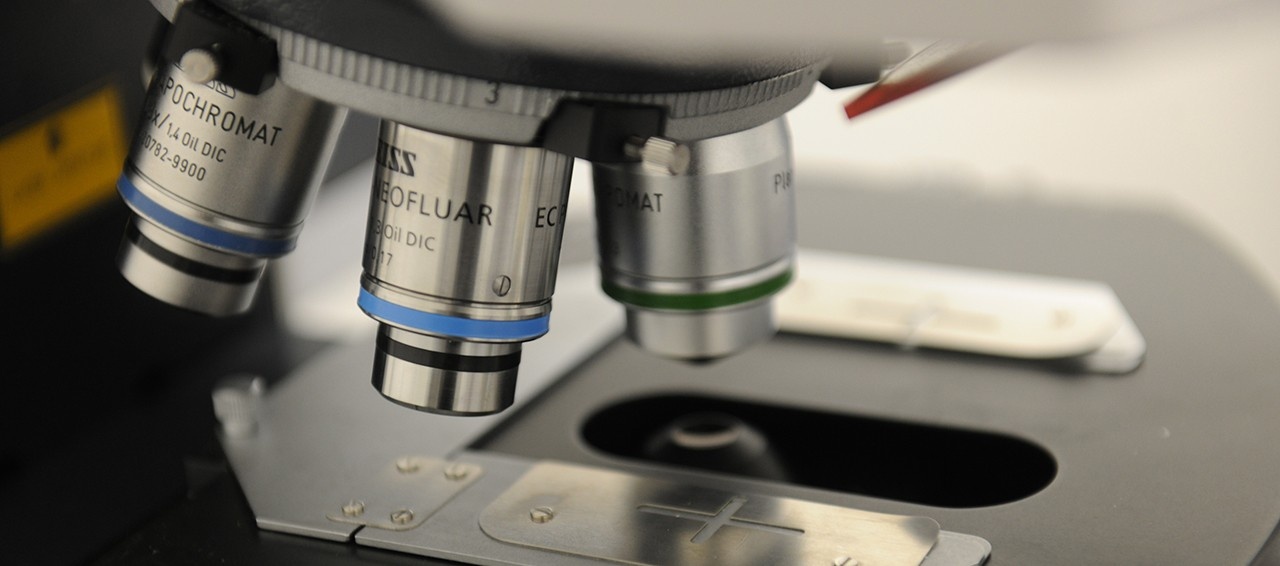Kimberly Brewer
Associate Professor, Department of Diagnostic Radiology, Department of Physics and Atmospheric Science, Department of Microbiology & Immunology, School of Biomedical Engineering

My lab focuses on the use of molecular imaging to evaluate novel drugs and improve their translation into clinical care; and to develop novel prognostic and diagnostic biomarkers that can be used in preclinical and/or clinical environments. Research in the lab ranges from development of novel acquisition techniques and analysis tools for molecular imaging to studying and testing novel cancer therapeutics in preclinical models.
Our Group
As the scientific lead of the Biomedical MRI Research Lab (BMRL), a core lab in the Biomedical Translational Imaging Centre (BIOTIC; www.bioticimaging.ca), I am interested in using a wide range of molecular imaging tools to improve translation of novel therapies from the bench to the bedside. My research is highly interdisciplinary crossing several fields and departments. Located in the IWK Health Centre, the infrastructure in the BMRL includes preclinical MRI, PET/CT, SPECT and PET/MRI. Students interested in interdisciplinary research projects, particularly in the areas of imaging of cancer therapies, developing imaging and analysis tools for cell tracking, and multi-modality PET/MRI imaging should contact me about ongoing research opportunities.
Projects╠¤ ╠¤╠¤╠¤╠¤╠¤╠¤╠¤╠¤╠¤╠¤╠¤╠¤╠¤╠¤╠¤╠¤╠¤╠¤
| ╠¤ | Using PET/MRI & MRI Cell Tracking for Improved Combination of Cancer Immunotherapies:╠¤This project uses novel MRI pulse sequences to allow both qualitative and quantitative monitoring of iron-labeled immune cell populations important for cancer immunotherapies. The goal is to evaluate this in a number of immune cell types and cancer models to evaluate and develop methodologies for improving combination of multiple cancer therapies. |
| ╠¤ | Development of Novel MRI Cell Tracking Techniques: This project involves improving the use of image compression and mathematical modeling to improve and optimize MRI pulse sequences being used for cell quantification in vivo. We are also interested in developing novel MRI sequences that can allow acquisition of more quantitative information about cell populations and the tissue environment. |
| ╠¤ | Development of Preclinical PET/MRI Technologies: Although PET/MRI has been present at some clinical sites for several years, preclinical PET/MRI is still very new. As one of flagship sites for testing this novel technology, weтАЩre interested in exploring new methodologies and applications for this multi-modality technology. |
╠¤
Selected Publications
| Brewer KD, Weir GM, Dude I, Davis C, Parsons C, Penwell A, Rajagopalan R, Sammatur L, Bowen CV, Stanford MM. J Biomed Sci. 2018 Jan 27;25(1):7. |
| Tremblay ML, Davis C, Bowen CV, Stanley O, Parsons C, Weir G, Karkada M, Stanford MM, Brewer KD. Magn Reson Med. 2018 Jul;80(1):304-316. doi: 10.1002/mrm.27018. Epub 2017 Nov 29. |
| Brewer KD, Spitler R, Lee KR, Chan AC, Barrozo JC, Wakeel A, Foote CS, Machtaler S, Rioux J, Willmann JK, Chakraborty P, Rice BW, Contag CH, Bell CB 3rd, Rutt BK. Mol Imaging Biol. 2018 Feb;20(1):65-73. doi: 10.1007/s11307-017-1093-7. |
| Brewer KD, DeBay DR, Dude I, Davis C, Lake K, Parsons C, Rajagopalan R, Weir G, Stanford MM, Mansour M, Bowen CV. Oncotarget. 2016 Jun 14;7(24):35655-35669. ╠¤ |
| DeBay DR, Brewer KD, LeBlanc SA, Weir GM, Stanford MM, Mansour M, Bowen CV. Mol Ther Methods Clin Dev. 2015 Dec 16;2:15048. doi: 10.1038/mtm.2015.48. eCollection 2015. |
| Shuhendler AJ, Ye D, Brewer KD, Bazalova-Carter M, Lee KH, Kempen P, Dane Wittrup K, Graves EE, Rutt B, Rao J. Sci Rep. 2015 Oct 6;5:14759. |
| KD Brewer, DR DeBay, I Dude, C Davis, K Lake, C Parsons, R Rajagopalan, G Weir, MM Stanford, M Mansour, CV Bowen.╠¤ тАЬUsing Lymph Node Swelling as a Potential Biomarker for Successful Vaccination. Molecular Therapy.тАЭ Oncotarget. Accepted (2016). |
| D Debay, KD Brewer, S Leblanc, G Weir, M Stanford, M Mansour, C Bowen. тАЬUsing MRI to Evaluate and Predict Therapeutic Success from Depot-based Cancer Vaccines.тАЭ Molecular Therapy - Methods & Clinical Development. Dec 16;2:15048. (2015). |
| AJ Shuhendler*, D Ye*, KD Brewer*, M Bazalova-Carter, KH Lee, P Kempen, K Wittrup, E Graves, B Rutt, J Rao. тАЬMolecular Magnetic Resonance Imaging of Tumor Response to Therapy.тАЭ Scientific Reports 5:14759 (2015). *Equal contributions. |
| KD Brewer, K Lake, N Pelot, M Stanford, DR Debay, A Penwell, G Weir, M Karkada, M Mansour, CV Bowen,╠¤ тАЬClearance of depot vaccine SPIO-labeled antigen and substrate visualized using MRI.тАЭ Vaccine 32:6956-6962. (2014). |
| D Ye, AJ Shuhendler, P Pandit, KD Brewer, SS Tee, L Cui, G Tikhomirov, B Rutt, J Rao, тАЬCaspase-responsive smart gadolinium-based contrast agent for magnetic resonance imaging of drug-induced apoptosis.тАЭ Chemical Science 5: 3845-3852. (2014). |
| KD Brewer, JA Rioux, CV Bowen, S Beyea. тАЬSignal Displacement in Spiral-In Acquisitions: Simulations and Implications for Imaging in SFG Regions.тАЭ Magnetic Resonance Imaging 30: 753-763. (2012). |
| JA Rioux, KD Brewer, SD Beyea, CV Bowen. тАЬQuantification of Superparamagnetic Iron Oxide with Large Dynamic Range using TurboSPI.тАЭ Journal of Magnetic Resonance 216:152-160. (2012). |
